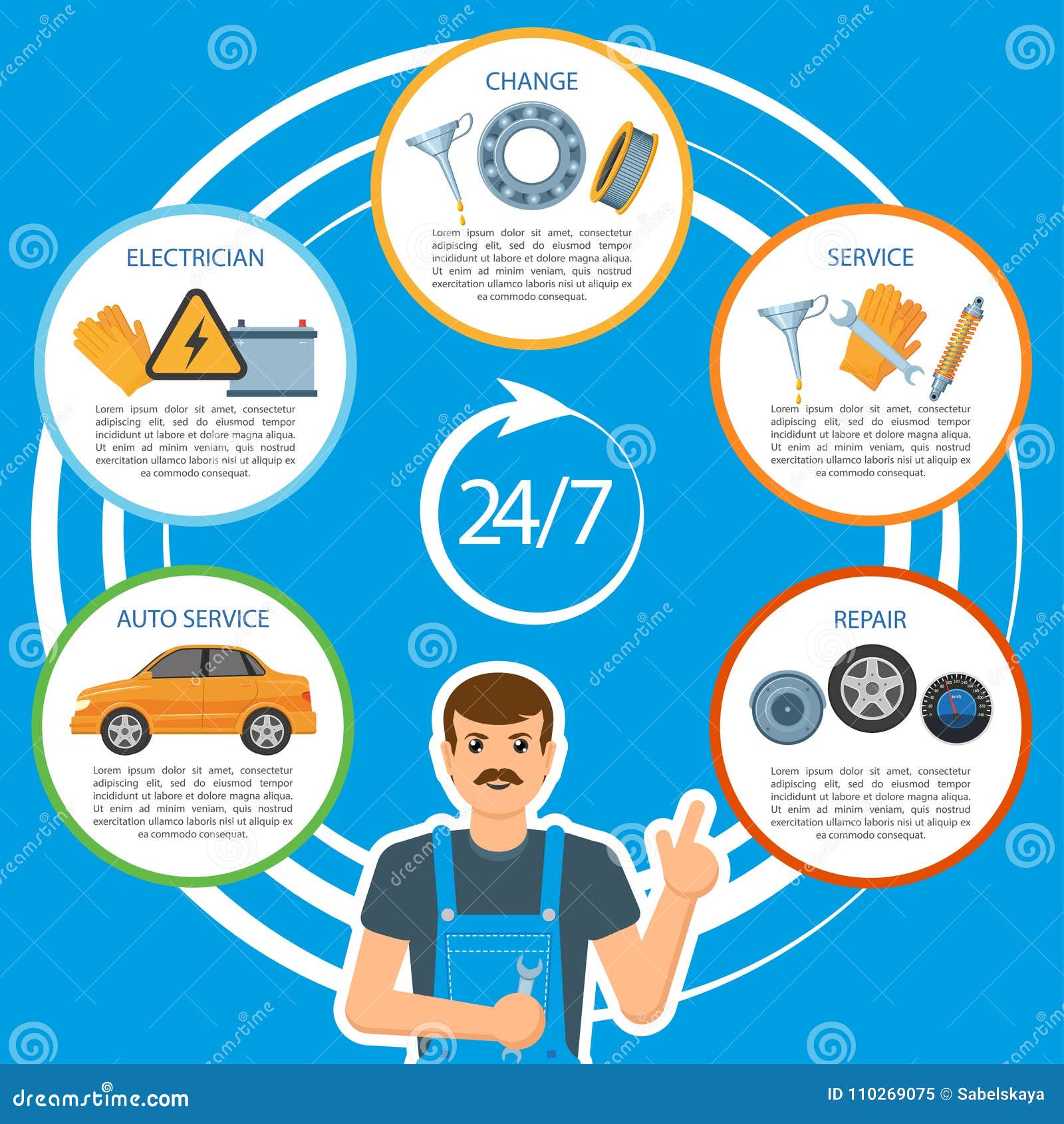Looking For Clearness On The Warning Lights Presented On Your Automobile'S Control Panel? Discover Just How They Associate With Your Car'S Health And Safety
Looking For Clearness On The Warning Lights Presented On Your Automobile'S Control Panel? Discover Just How They Associate With Your Car'S Health And Safety
Blog Article
Uploaded By-Sykes Gilbert
When you're behind the wheel, those beautiful caution lights on your control panel can be a bit complicated. Do you recognize what they're trying to inform you about your car's health and wellness? Understanding the relevance of these lights is vital for your safety and security and the durability of your car. So, the following time one of those lights pops up, would not you want to analyze its message accurately and take the essential actions to address it?
Common Caution Lights and Interpretations
Identify typical warning lights in your automobile and comprehend their definitions to make certain risk-free driving.
One of the most typical caution lights consist of the check engine light, which signals concerns with the engine or discharges system. If this light comes on, it's important to have your automobile inspected immediately.
The oil pressure cautioning light indicates low oil pressure, requiring prompt focus to avoid engine damage.
A flashing battery light could suggest a malfunctioning billing system, potentially leaving you stranded if not dealt with.
The tire pressure surveillance system (TPMS) light alerts you to low tire stress, impacting automobile security and fuel performance. Disregarding this could cause risky driving problems.
The ABS light indicates an issue with the anti-lock stopping system, endangering your ability to quit quickly in emergency situations.
Last but not least, the coolant temperature level warning light warns of engine getting too hot, which can result in serious damages if not resolved swiftly.
Recognizing these usual warning lights will help you address concerns quickly and keep secure driving conditions.
Relevance of Prompt Focus
Recognizing the typical caution lights in your automobile is only the primary step; the importance of quickly attending to these cautions can't be emphasized sufficient to ensure your safety and security on the road.
When a caution light illuminates on your control panel, it's your cars and truck's method of interacting a possible problem that needs interest. Disregarding these warnings can bring about extra severe problems later on, compromising your safety and security and potentially costing you extra out of commission.
Prompt focus to advising lights can protect against breakdowns and crashes. As an example, a blinking check engine light can show a misfire that, if left ignored, might trigger damage to the catalytic converter. Resolving https://www.workcompcentral.com/news/article/id/378ece67697accf71191f1398f87350706050b9c can save you from an expensive repair service.
Similarly, full car detail alerting light might signal low brake fluid or worn brake pads, important components for your safety when driving.
DIY Troubleshooting Tips
If you notice a warning light on your control panel, there are a couple of do it yourself repairing suggestions you can attempt before seeking expert aid.
The first step is to consult your automobile's guidebook to recognize what the details warning light indicates. In some cases the problem can be as basic as a loosened gas cap activating the check engine light. Tightening the gas cap might fix the problem.
One more usual concern is a reduced battery, which can cause numerous cautioning lights. Examining the battery links for rust and guaranteeing they're safe may repair the issue.
If a caution light continues, you can try resetting it by detaching the auto's battery for a couple of minutes and after that reconnecting it. In addition, inspecting your vehicle's liquid levels, such as oil, coolant, and brake fluid, can aid fix advising lights related to these systems.
Conclusion
To conclude, understanding your vehicle's warning lights is essential for keeping your car running efficiently and safely. By promptly addressing these informs and recognizing what they indicate, you can stay clear of pricey fixings and possible break downs.
Bear in mind to consult your car's handbook for certain details on each advising light and do something about it as necessary to ensure a hassle-free driving experience.
Keep notified, remain safe when driving!
